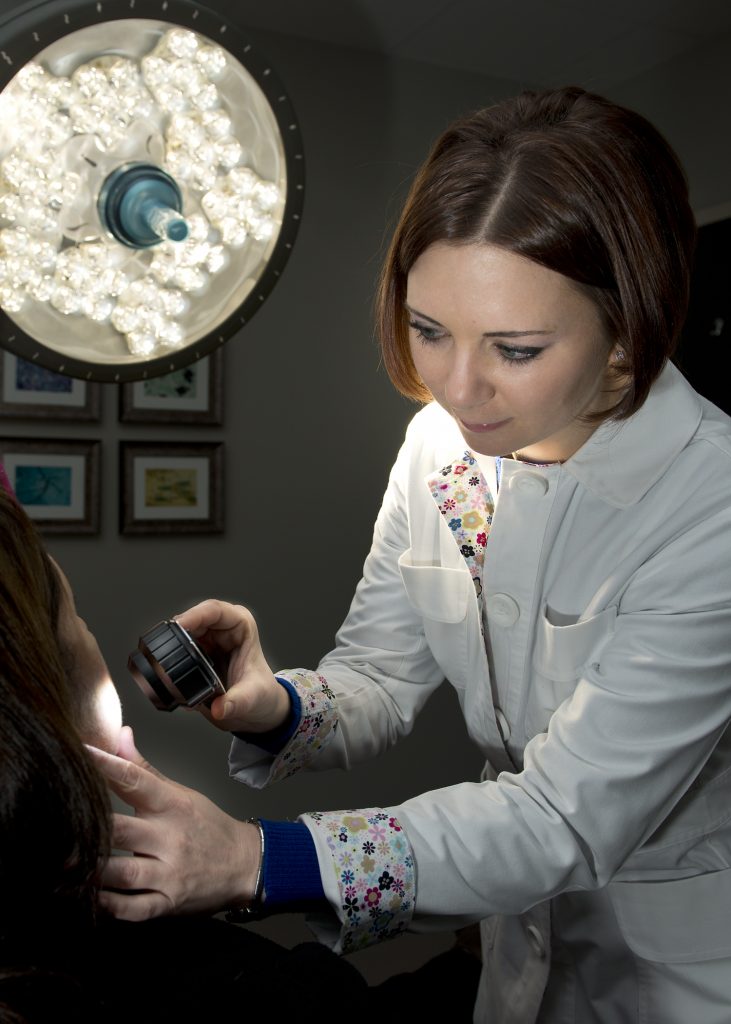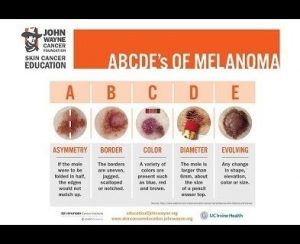Shield Yourself from Skin Cancer
Posted on February 24, 2023
Shield Yourself from Skin Cancer
 About 1 million Americans will develop skin cancer each year, according to the National Cancer Institute. That makes skin cancer—not breast cancer, prostate cancer or even lung cancer—the number-one cancer threat.
About 1 million Americans will develop skin cancer each year, according to the National Cancer Institute. That makes skin cancer—not breast cancer, prostate cancer or even lung cancer—the number-one cancer threat.
While sun damage begins in childhood, most skin cancers do not appear until after age 50. The American Academy of Dermatology notes that nearly 25% of new cases of melanoma—the deadliest type of skin cancer—occur in men older than age 65. But the most preventable cause of skin cancer is excessive sun exposure. If prevention fails, speedy detection and treatment could save your life.
Suspect Skin Changes. Skin cancer can erupt anywhere, but it tends to appear most often on the head, face, neck, hands and arms. Report to your doctor any change in your skin, especially a new growth or a sore that fails to heal within two weeks. Do not wait for pain—skin cancer rarely hurts.
The most important sign of melanoma is a change in a mole or other skin growth, such as a birthmark. Any change in the shape, size or color of a mole would indicate the need to seek a health professional for examination. Melanoma normally appears like a flat, brown or black mole that has irregular, uneven borders and is not symmetrical. A melanoma may be lumpy or rounded, change color, become crusty, ooze or bleed.
When checking moles, remember your “ABCs”:
- Asymmetry: One side of the mole does not match the other.
- Border: A mole’s outline is jagged or blurry.
- Color: The color is uneven. You may notice different shades of tan, black and brown. Areas of white, gray, red, pink or blue also may be present.
- Diameter: The mole is larger than ¼ inch in diameter—about the size of a pencil eraser.
- Elevation: Be cautious of moles that are raised above the skin’s surface.

To detect skin cancer at an early stage, get familiar with your moles and birthmarks. Then, every month, check your entire body in the mirror for skin changes, including your back, scalp and feet. A handheld mirror can help ensure a thorough self-exam. Each year it is important to schedule an annual screening with your Dermatologist. Ask your doctor to check out anything that concerns you.
For more information on skin cancer, please contact South Central Dermatology at 601-425-4860